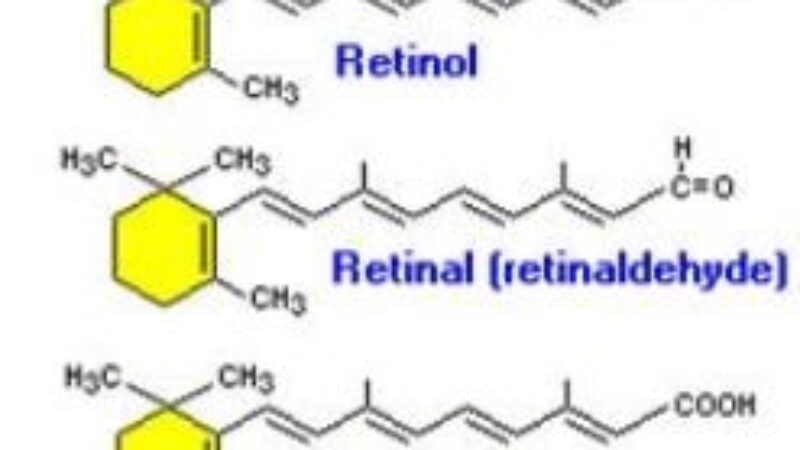With over 4 million sweat glands covering the average body, it’s no wonder we sweat. In most cases, sweating is healthy, designed to help regulate our body’s temperature. Hyperhidrosis though, refers to a condition where sweating becomes uncontrollable.
Hyperhidrosis may be triggered by a number of factors including warm temperatures, exercise, nervousness, fear or embarrassment. If you suffer from hyperhidrosis, the amount of sweat produced is greater than normal and may occur without these common triggers. It’s believed that because 30-50% of sufferers have another family member afflicted with the condition that a genetic predisposition may be involved.
Hyperhidrosis may be classified in one of two ways:
- Generalized. Excessive sweating occurs over the entire body. It may be caused by an infection, a chronic disease, a hormonal disorder, or even some medications.
- Focal. Sweating occurs on specific parts of the body including the armpits, soles of the feet, palms of the hands, face, or other areas.
Regardless of the type, hyperhidrosis impacts social interaction and daily activities for sufferers. It affects around 3% of the general population, mostly between the ages of 25-64. Men and women are equally affected.
The palms are the most commonly afflicted area, but feet, underarms and the face may also be affected. Even when the temperature is cool or the individual is at rest, sweating may occur. Individuals with hyperhidrosis feel self-conscious about shaking hands or hugging, may avoid physical activity, feel embarrassed, and find that the condition may interfere with their ability to do their job. Ultimately, it can lead to emotional upset and have a serious negative impact on daily life.
If you’ve checked with your doctor to make sure there are no underlying health issues, what’s the best way to minimize and treat this excessive sweating?
1. Topical treatments which help regulate perspiration are generally recommended as the first option. These products contain high concentrations of aluminum chloride hexahydrate and are the most commonly used products in the treatment of underarm sweating. Dehydral Cream is specifically designed for using on the soles, heels and between the toes, this product helps keep feet dry while reducing foot odor. The cream vanishes and will not stain your socks.
2. Prescription Medication. Anticholinergics, which help to prevent the stimulation of sweat glands can be effective in some patients, but they do come with side effects including dry mouth, dizziness, and urinary problems. Beta-blockers or benzodiazepines may help if anxiety is an issue. Check with your doctor to see if any of these might be a good option for you.
3. Iontophoresis. This FDA-approved procedure uses electricity to temporarily turn off the sweat gland and is most effective in the treatment of hands and feet.
4. Botox. Botulinum toxin is FDA approved for the treatment of severe underarm sweating. It works by temporarily blocking the nerves that stimulate sweating. It can come with side effects.
If you have hyperhidrosis, there’s no need to suffer in silence. Try one of the topical treatments listed above. If those don’t work, consult with your doctor or pharmacist to see if they can help with recommendations.




